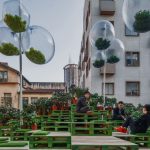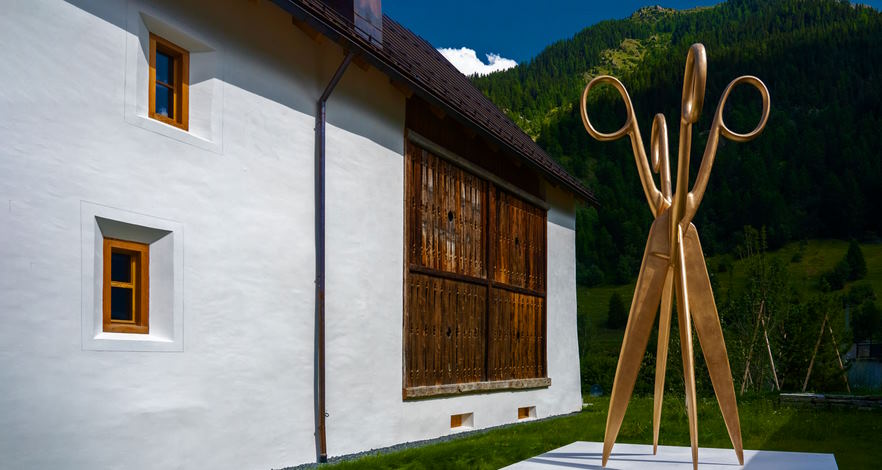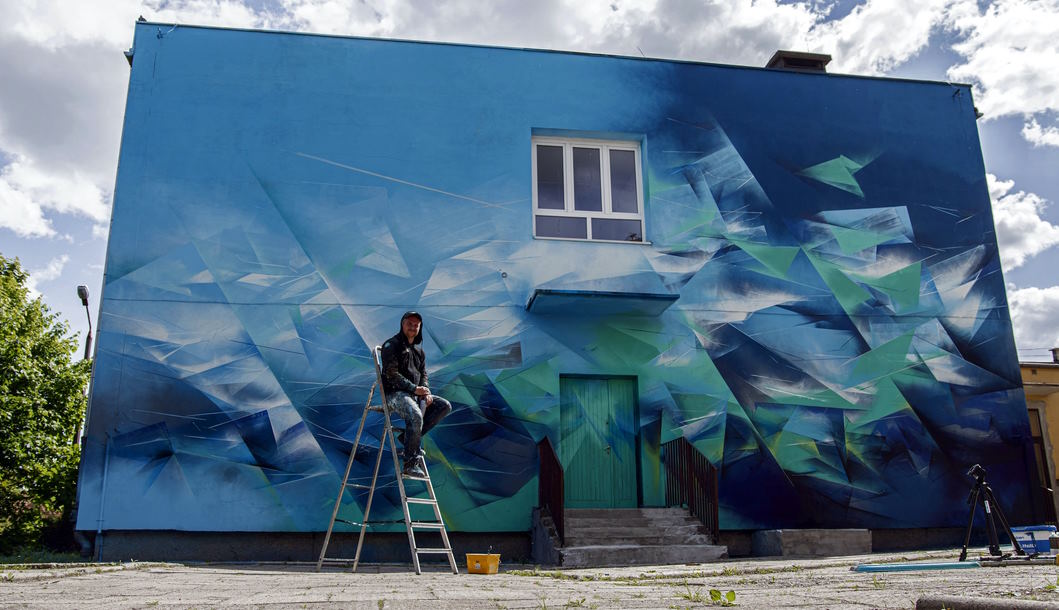
Transforming Urban Spaces: Exploring the Impact of Public Art Installations
Public art installations are becoming increasingly popular in urban spaces worldwide, transforming cities and creating unique and captivating experiences for residents and visitors alike. From large-scale murals and sculptures to interactive installations, public art is enhancing the beauty and identity of urban spaces, promoting community engagement, and boosting tourism and economic development. However, public art installations also pose challenges, including potential controversy and perceptions of wasteful spending. This article explores the impact of public art installations on urban spaces, analyzing both positive and negative outcomes. By examining case studies of successful public art installations, discussing the process of creating such installations, and envisioning the future of public art, this article aims to provide insight into the transformative power of public art and its potential for creating vibrant and inclusive urban communities.
The Impact of Public Art Installations on Urban Spaces
Through murals, sculptures, and other installations, public art can create a more colorful, vibrant, and welcoming environment for all. Furthermore, public art installations often encourage community engagement and participation by providing a platform for dialogue and interaction between artists, city officials, and residents. These installations can become a source of pride for local communities and help to create a shared sense of place and identity.
Another positive impact of public art installations is their ability to boost tourism and economic development. Tourists are often drawn to cities that have a vibrant cultural scene, and public art installations can contribute to that scene by offering a unique and memorable experience. In turn, this can help to stimulate economic activity as visitors spend money on local businesses such as restaurants, shops, and hotels. Additionally, public art installations can help to attract new businesses and residents to an area, which can contribute to the long-term economic growth of a city.
However, public art installations are not without their negative impact. One potential downside is that they may be a source of controversy, particularly if the artwork is perceived as being too controversial or offensive to some members of the community. Additionally, public art installations may contribute to gentrification and displacement, as the installation of these artworks in certain areas may drive up property values, making the area less affordable for long-time residents. Lastly, public art installations may be perceived as a waste of resources by some members of the community, who may argue that the funds spent on these installations could be better used for other public services such as education or housing.

The Process of Creating Public Art Installations
Creating a public art installation is a complex process that requires collaboration between artists, city officials, and community stakeholders. Successful public art installations are the result of a thoughtful and inclusive process that involves extensive planning, fundraising, and communication. In this section, we will explore the key steps involved in creating a public art installation.
The first step in the process of creating a public art installation is collaboration between the artist and community stakeholders. This involves identifying the needs and interests of the community and developing a shared vision for the project. Artists often engage in extensive research and consultation with community members to gain a deeper understanding of the local context, culture, and history. By involving community members in the planning process, artists can ensure that the installation is meaningful and relevant to the local community.
Sourcing funding and resources is another crucial step in the process of creating a public art installation. Funding for public art installations can come from a variety of sources, including private donors, grants, and public funds. Successful fundraising requires careful planning and a clear understanding of the project’s scope and budget. Once funding has been secured, the artist and project team can begin to source the necessary materials and equipment for the installation.
The process of creating a public art installation can be challenging, with numerous obstacles that need to be overcome. One common challenge is securing the necessary permits and permissions from city officials. Public art installations are subject to a variety of regulations and guidelines, and navigating these requirements can be a time-consuming and complex process. Another challenge is managing community expectations and concerns. Artists and project teams need to be sensitive to community concerns and work to address any issues that arise throughout the planning and installation process.

The Future of Public Art Installations
As cities continue to evolve and change, so too does the role of public art installations. The future of public art installations is shaped by a number of factors, including advances in technology, increasing diversity and representation, and the need to address the social and political implications of these installations. In this section, we will explore some of the key trends and challenges shaping the future of public art installations.
One major trend shaping the future of public art installations is the incorporation of technology. Advances in technology have opened up new possibilities for artists to create dynamic and interactive installations that respond to the environment and engage with the community. For example, artists can use sensors and other digital technologies to create installations that respond to movement, sound, or other stimuli. Additionally, technology can be used to create immersive experiences that allow visitors to engage with the installation in new and exciting ways.
Another key trend shaping the future of public art installations is the increasing focus on diversity and representation. Many cities are recognizing the importance of ensuring that public art installations reflect the diversity of their communities. This means not only showcasing artists from a range of backgrounds and perspectives but also creating installations that reflect the history, culture, and traditions of diverse communities. This can help to create a greater sense of belonging and pride among all members of the community.
Finally, there is a growing recognition of the need to address the social and political implications of public art installations. Public art installations can have a profound impact on the communities in which they are located, and it is important to consider the potential social and political implications of these installations. For example, public art installations can be used to challenge dominant narratives and promote social justice and equity. However, they can also be used to reinforce existing power structures and perpetuate inequalities. As cities continue to grapple with these complex issues, it is important for artists and community stakeholders to engage in dialogue and reflection to ensure that public art installations serve the needs and interests of all members of the community.
